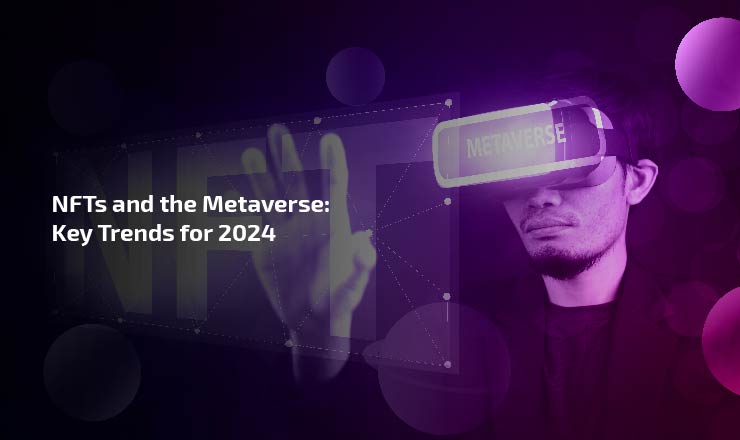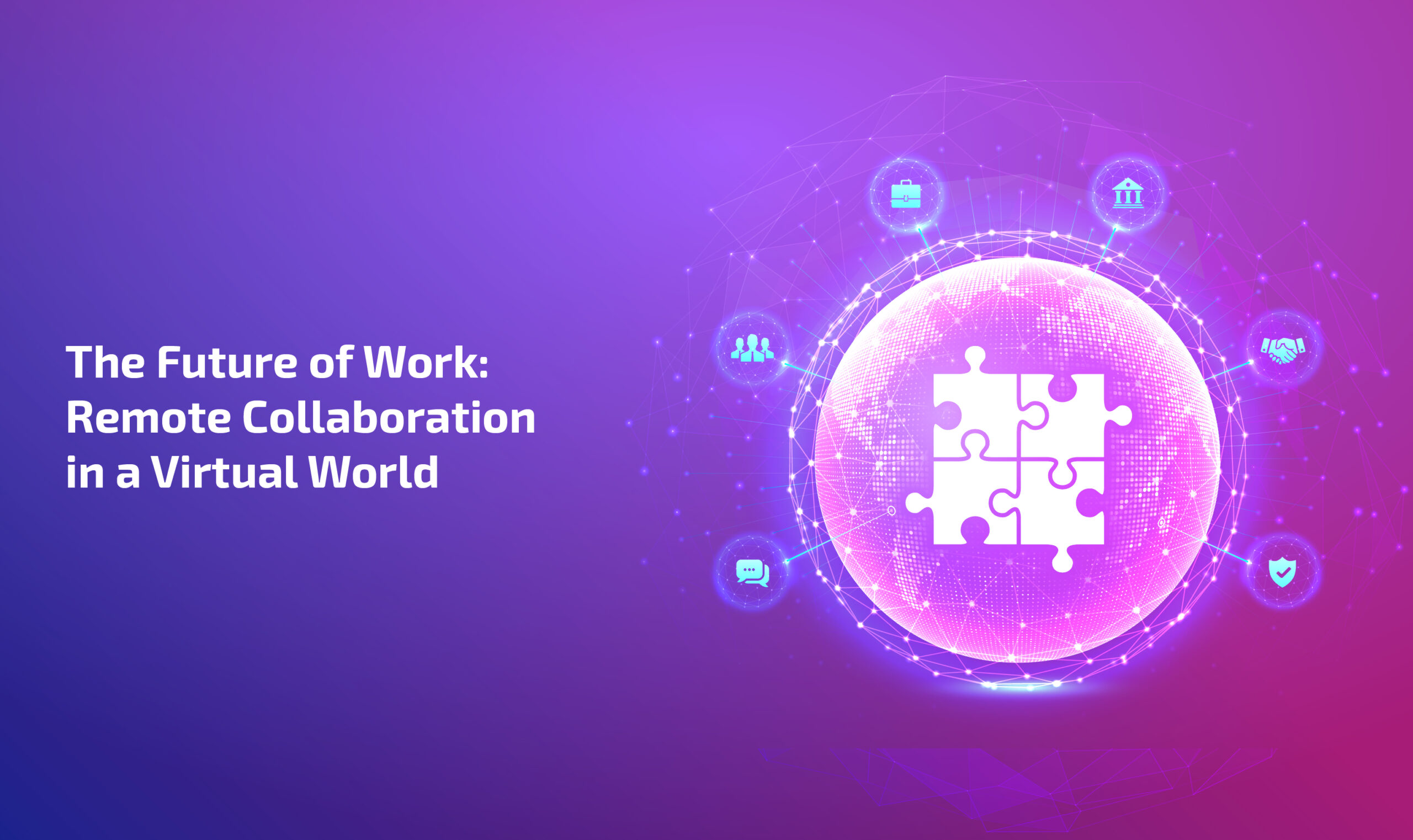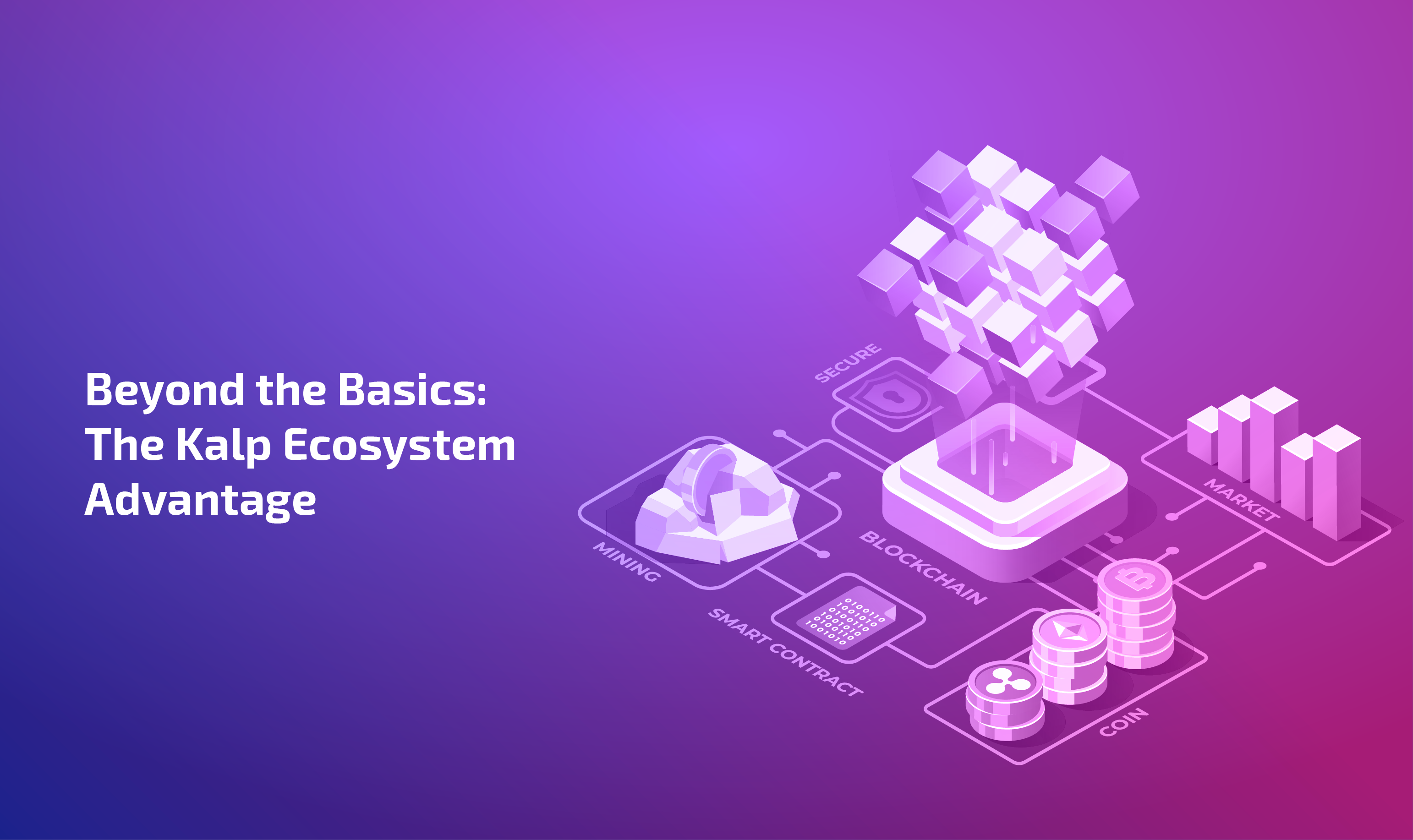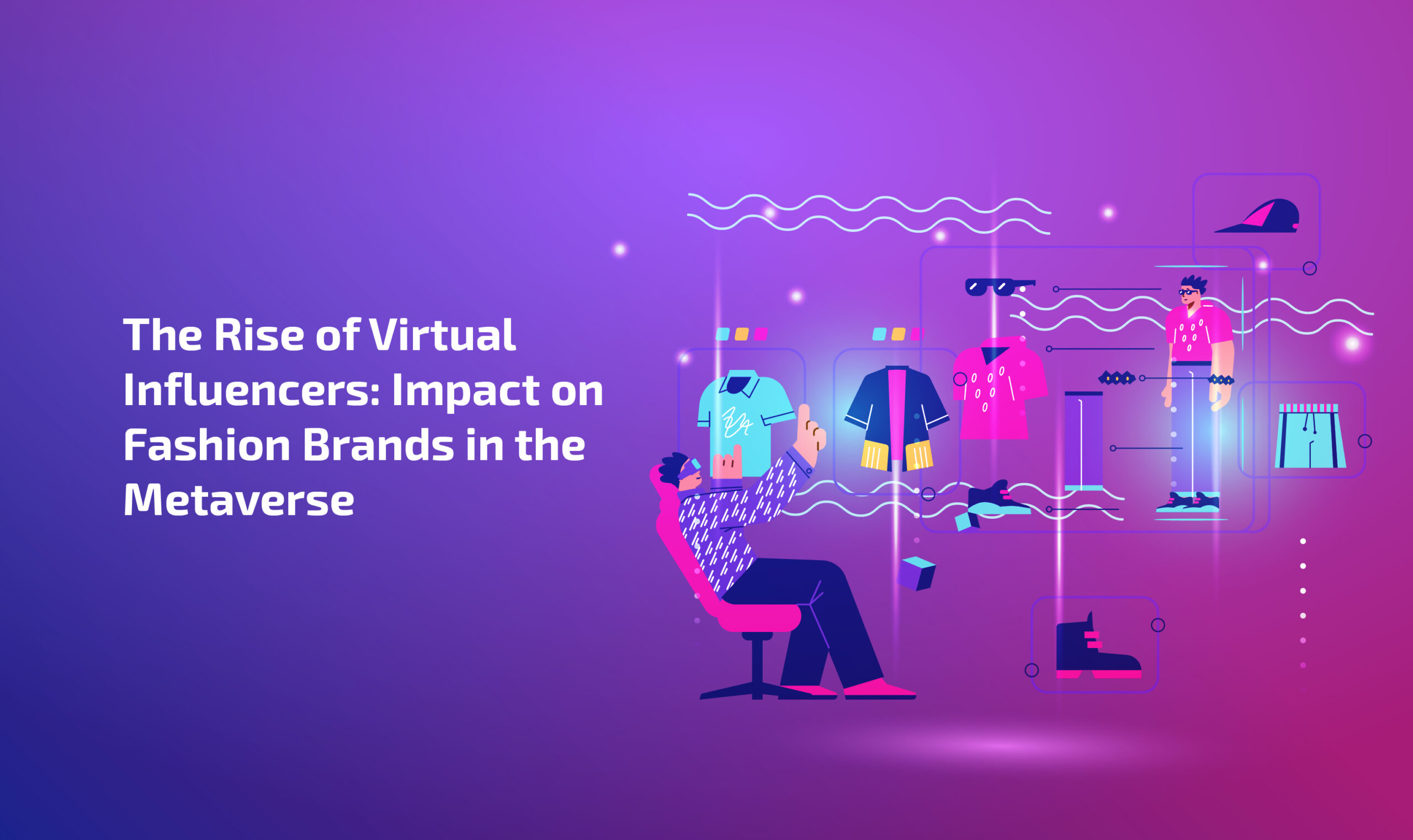
NFTs and the metaverse emerge as dual powerhouses, igniting the business landscape with growth potential. These concepts have captured the imagination of businesses, creators, and individuals alike, sparking a wave of media attention and excitement. But amidst the buzz, there’s also a healthy dose of curiosity.
In this blog post, we’ll understand these fascinating concepts, exploring the key trends shaping them in 2024. We’ll delve into the rise of utility NFTs, the push for an open metaverse, the integration of AI and personalization, and the burgeoning metaverse economy.
Together, let’s unlock the potential of these revolutionary trends.
The Rise of Utility NFTs
NFTs gained initial popularity in art, allowing artists to tokenize and sell digital artwork. They serve various purposes across domains, leveraging blockchain technology to provide unique digital assets.
The shift beyond collectibles into NFTs with real-world utility within the Metaverse marks a significant evolution in the use of non-fungible tokens. While collectibles have been a prominent application, the focus is now expanding to integrate them into tangible aspects. This involves leveraging NFTs to represent ownership or access rights to real-world assets within virtual space.
For example, NFTs can facilitate digital real estate ownership with utility beyond mere aesthetic or entertainment value. This move can become an integral tool for enhancing the functionality, interactivity, and practicality of Metaverse users.
Interoperability and the Open Metaverse
NFTs, as unique and ownable digital assets, gain enhanced value through interoperability. Interoperability facilitates cross-platform economies, where NFTs can be bought, sold, and utilized across different virtual worlds. This broadens economic opportunities for users and businesses participating in the metaverse.
A Metaverse built on interoperable NFTs also encourages innovation and collaboration among developers and content creators. This interconnectedness strengthens the social fabric and aligns with a user-centric vision of the Metaverse.
The aspiration is that the emphasis on interoperability will catalyze cross-sector global cooperation. This collaborative approach aims to unite diverse industries, technologies, and communities, fostering the creation of a human-first Metaverse.
Herein, an open Metaverse holds significant potential benefits. Let’s discuss them further:
Freedom of Choice: An open Metaverse allows users to explore where users can seamlessly move between different virtual worlds, bringing continuity to their digital experiences and interactions.
Interconnected Creations: Creators benefit from an open Metaverse by having the flexibility to collaborate and integrate their creations across diverse platforms.
Diverse Monetization Opportunities: Creators can also explore various monetization models, from cross-platform sales of digital assets to participation in a broader virtual economy.
Innovation Incentives: An open Metaverse stimulates healthy competition among platforms, driving continuous innovation in features, user experiences, and technological advancements.
Human-First Approach: An open Metaverse emphasizes a human-first approach, prioritizing user needs, preferences, and safety in the development and evolution of virtual spaces.
In summary, metaverse users benefit from enhanced freedom and experiences. It can find new avenues for collaboration, innovation, and healthy competition for an inclusive digital frontier.
The Metaverse Economy and Tokenization
The Metaverse economy and tokenization converge to redefine digital interactions. This transformation is facilitated by blockchain, which transforms virtual goods into tradable assets, enabling decentralized economies. This synergy empowers users, fosters innovation, and establishes a dynamic, inclusive, and interconnected digital frontier.
Virtual currencies, often represented by blockchain-based tokens or cryptocurrencies, serve as the medium of exchange within the Metaverse. However, there were obvious challenges to trust. But with MAI and its primary focus on the regulatory landscape, trust is rebuilt, especially for doing business with secure transactions. Here are key aspects of this transformative trend:
Smart Contracts: The integration of smart contracts within virtual currencies enables programmable money functionalities. These self-executing contracts automate processes, enabling complex financial interactions, such as automated revenue sharing for creators.
Programmable NFTs: NFTs with embedded smart contract functionalities allow for programmable and dynamic attributes. For example, an NFT could represent a virtual pet with programmed behaviors or a digital item that evolves over time.
Governance through Oracles: By adding laws of the land metaverse users feel secure to utilize the grievance layer and legal layer into the mechanisms through DAOs. Our self-regulated PETs replicate real-life justice laws under national jurisdiction to safeguard consumers against legal scrutiny and cyber scams.
Secure tokenization: It has the ability to open up new investment opportunities, making previously illiquid assets more accessible to a global audience. Our secure oracles, which connect off-chain data with on-chain processes, play a pivotal role in ensuring the integrity of tokenized assets.
Future predictions!
The educated guesses point to 2024 being a year of transformation for NFTs and the Metaverse. NFTs will move beyond hype, focusing on real-world utility and fostering community-driven experiences. Challenges like regulation, accessibility, and sustainability loom, but metaverse company like MAI is here for business choosing for responsible development.
So, join the exploration and be a part of evolution with us. Let us collaborate to shape the next chapter for your business, whether existing or new, within a secure and innovative environment. Together, we’ll navigate the future of possibilities in this dynamic landscape.








